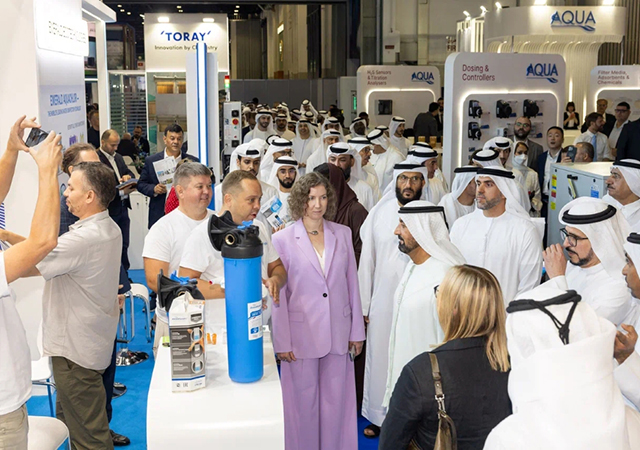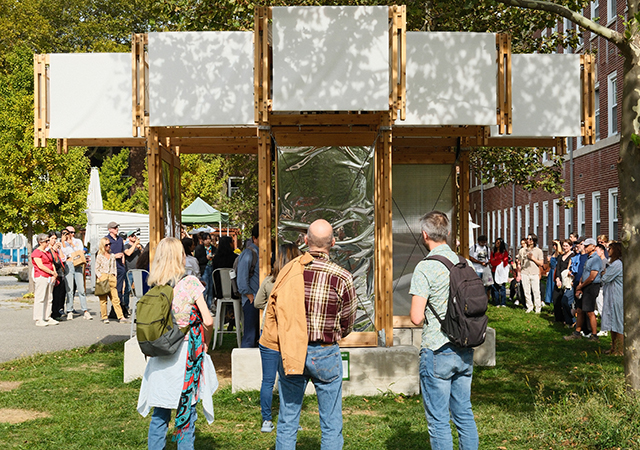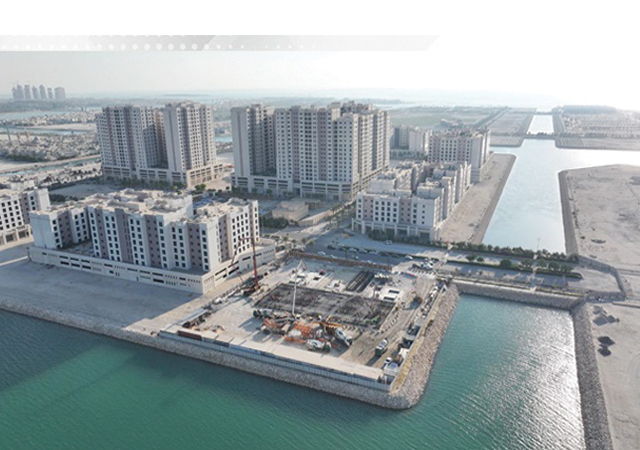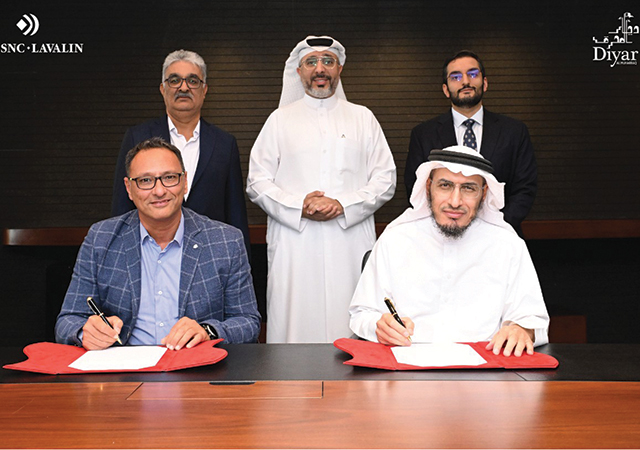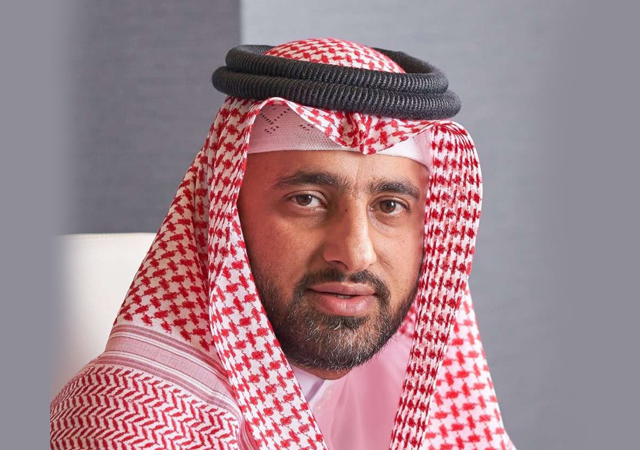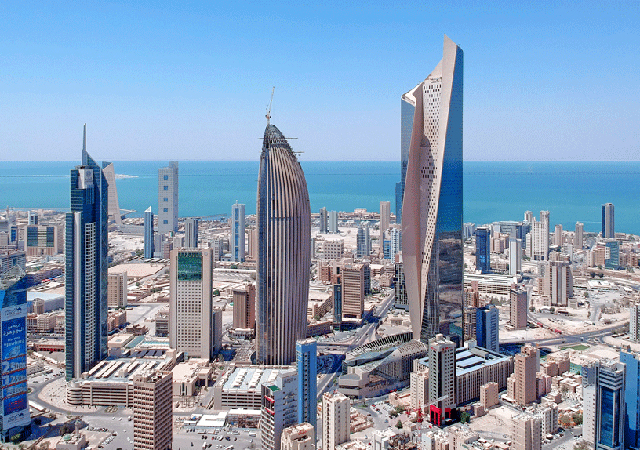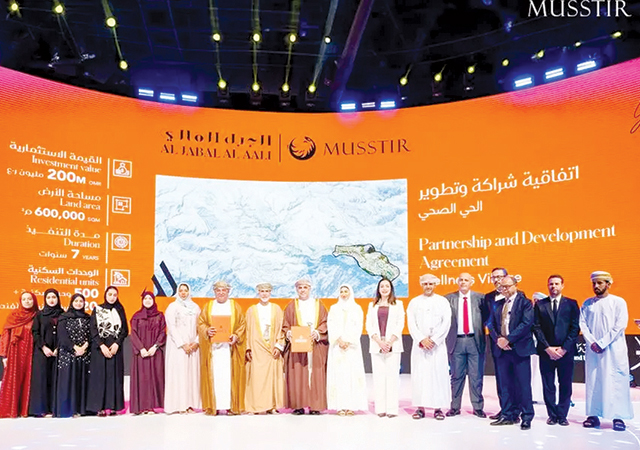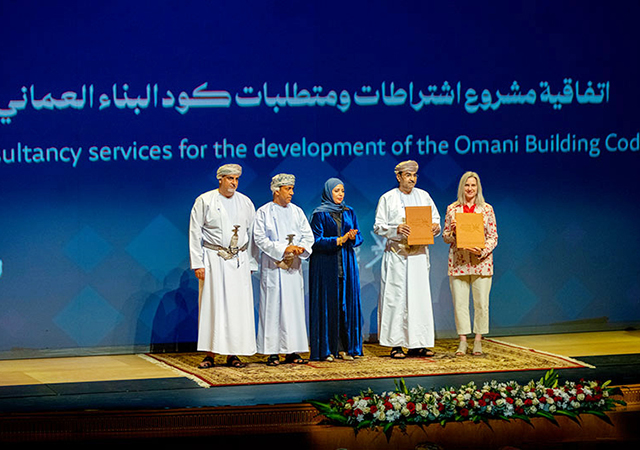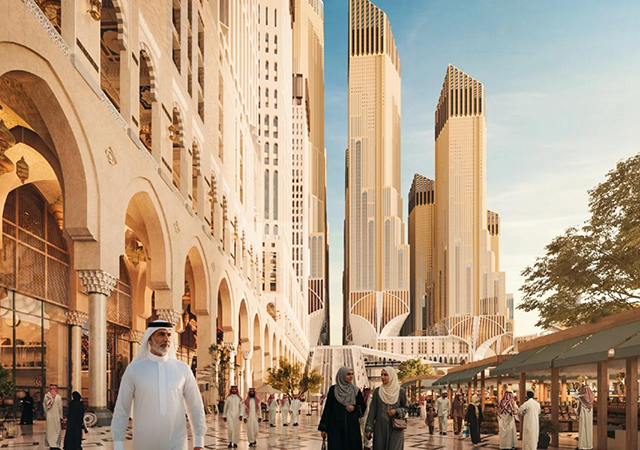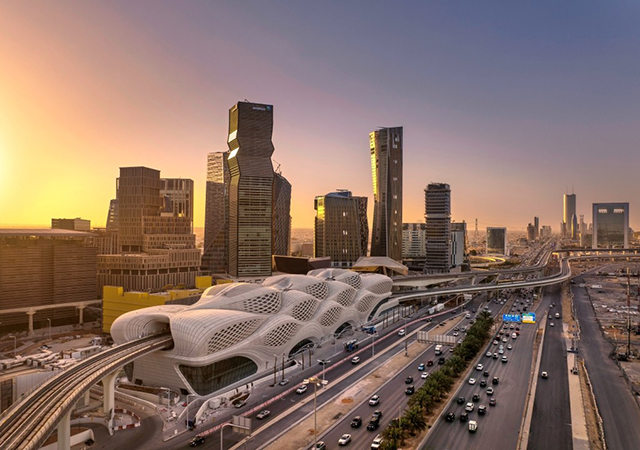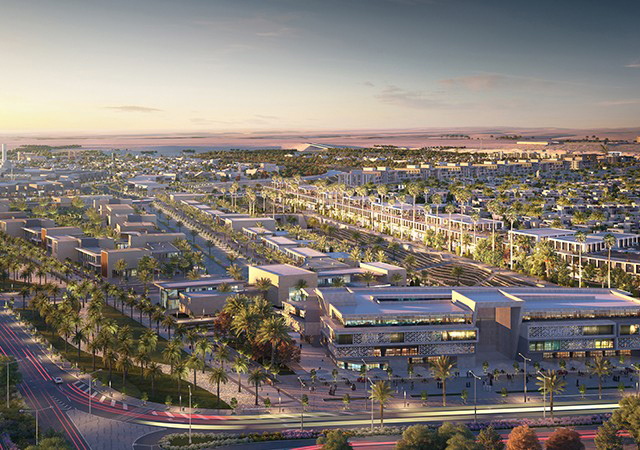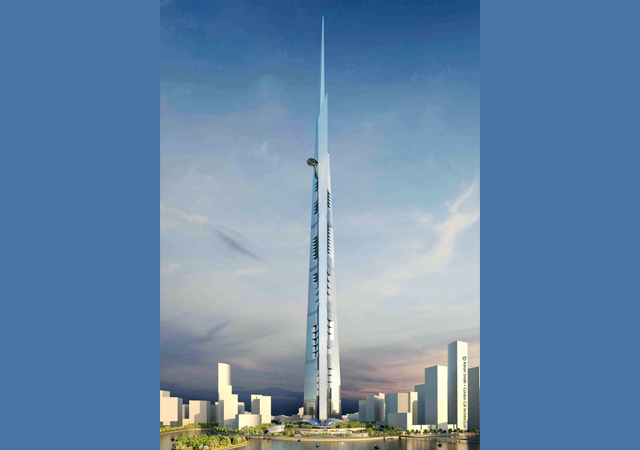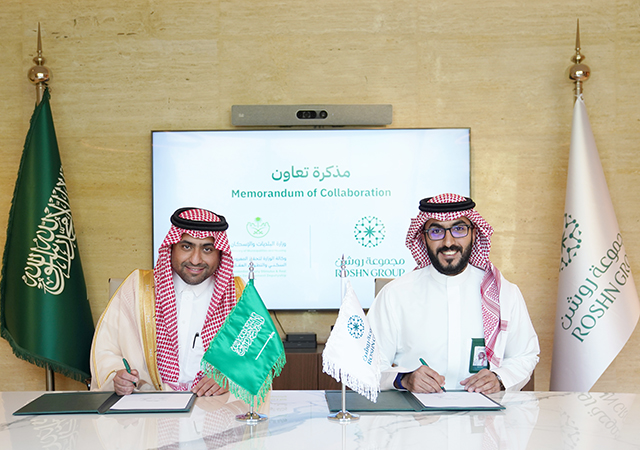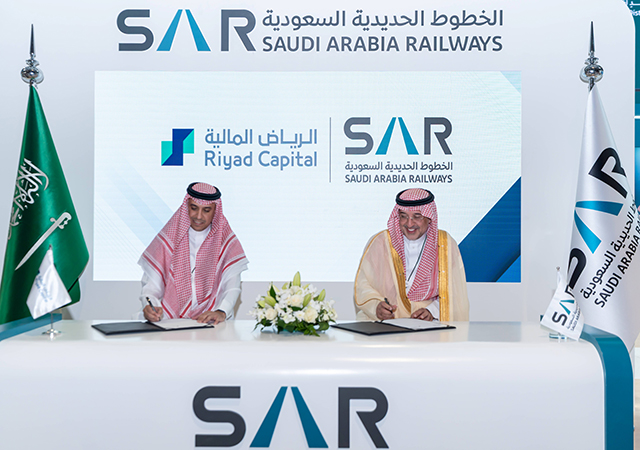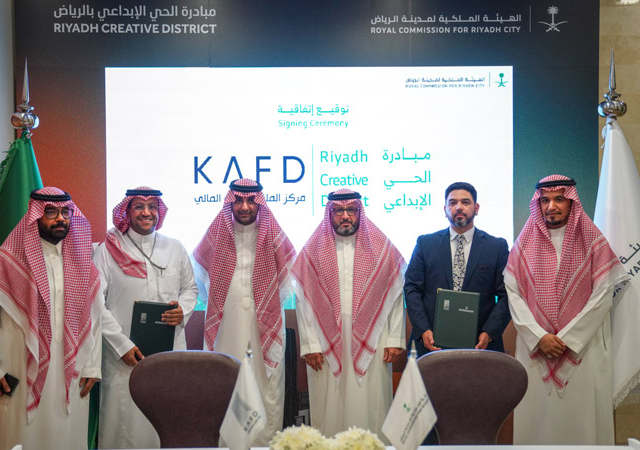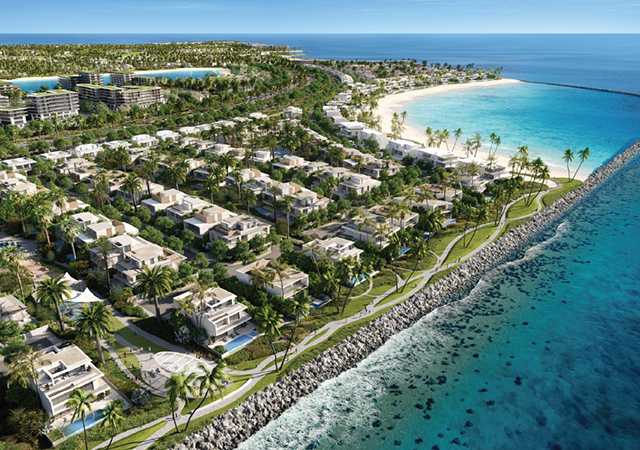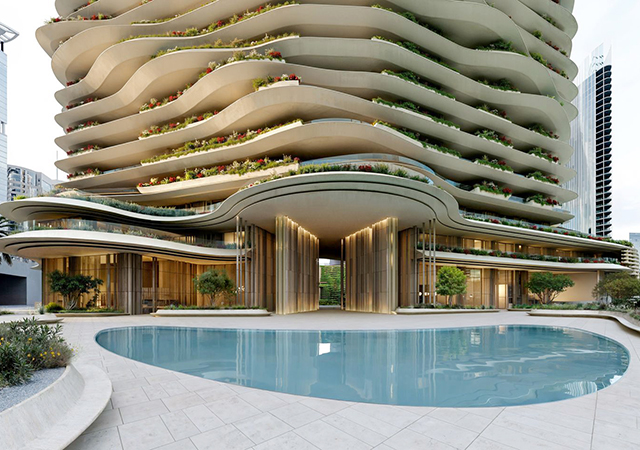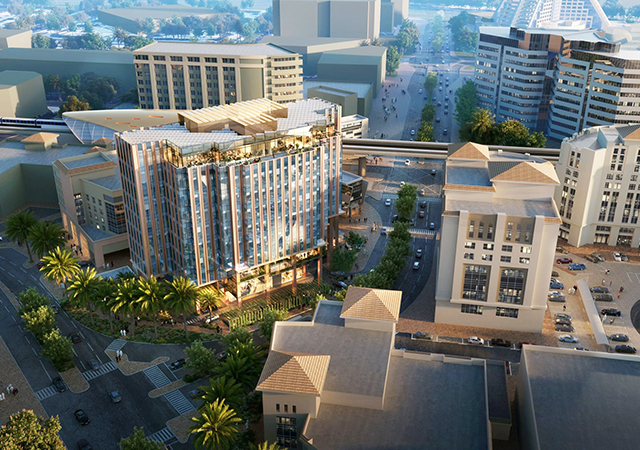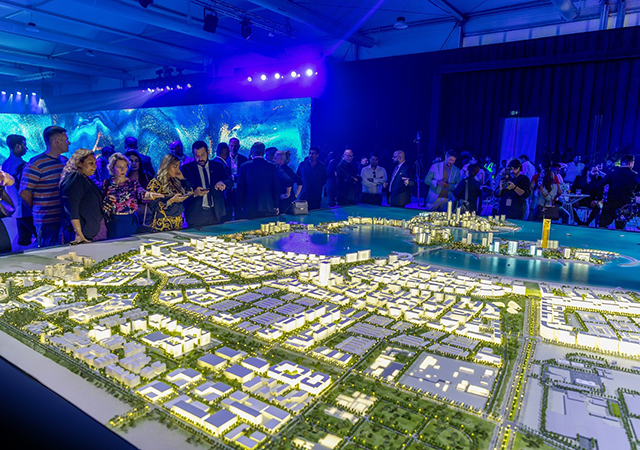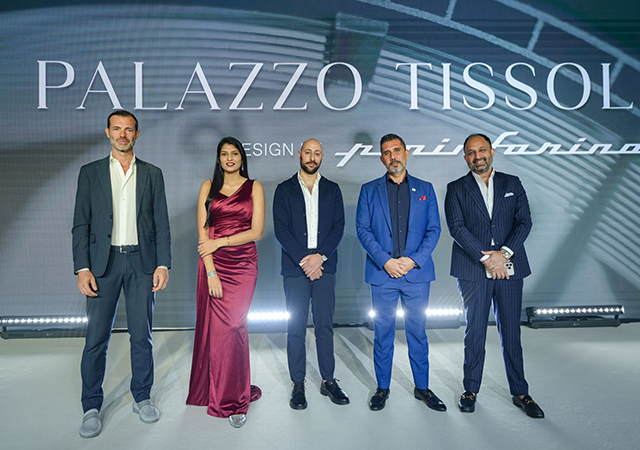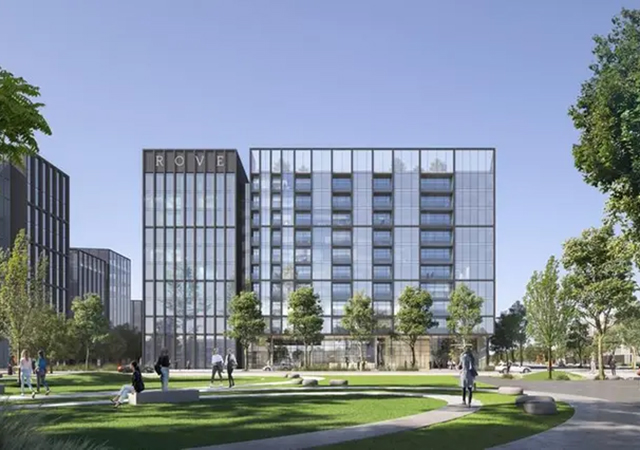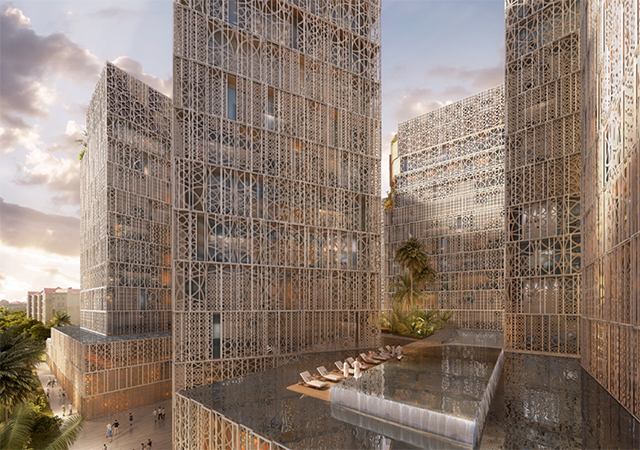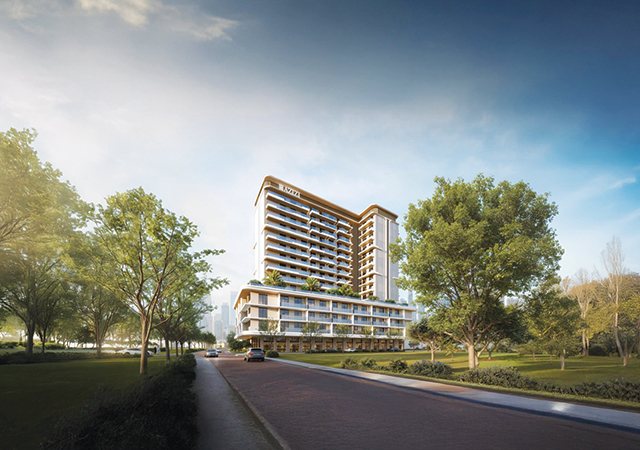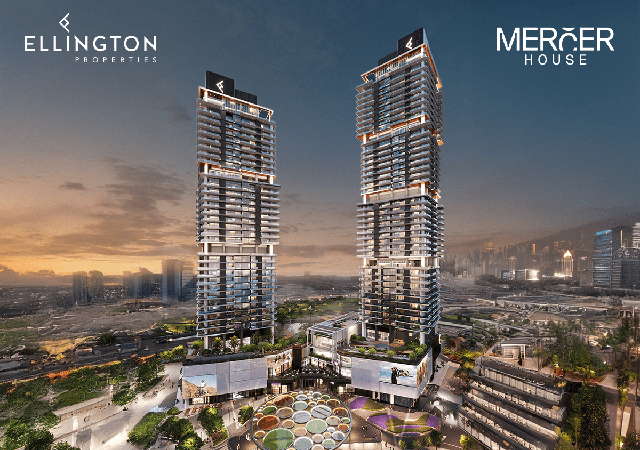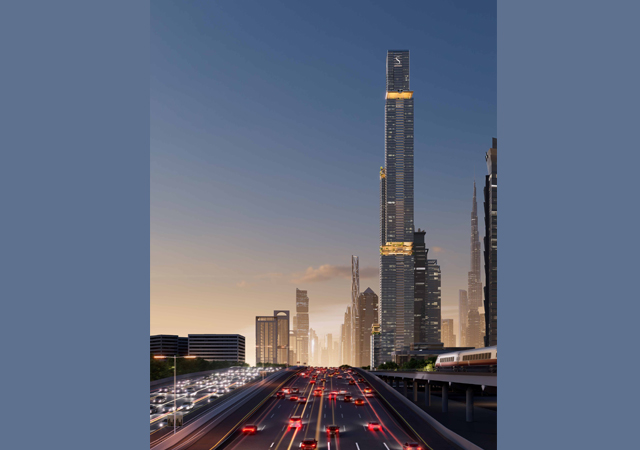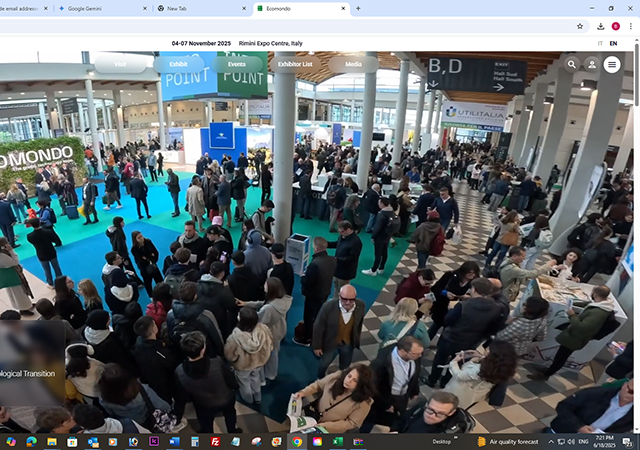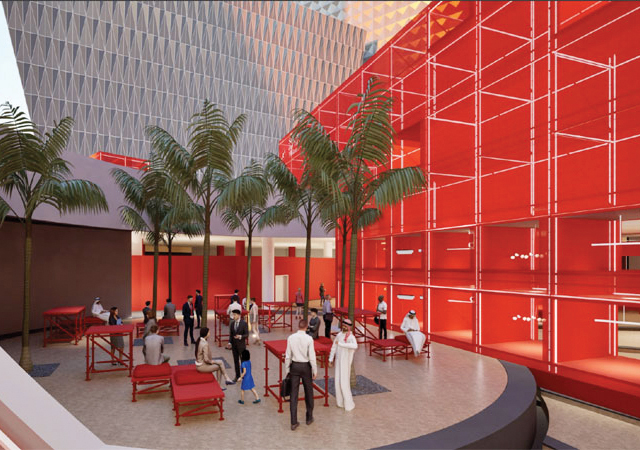 Classy bathrooms at the Emirates Palace Hotel, Abu Dhabi.
Classy bathrooms at the Emirates Palace Hotel, Abu Dhabi.
With impressive names such as the Burj Al Arab in Dubai and the Emirates Palace Hotel in Abu Dhabi in its portfolio, the UK-based Bathrooms International has been making major strides in the Middle East market, which currently accounts for 50 per cent of its business.
The company – owned and headed by bathroom designer Peter Gurner, which is well known among architects, developers and designers in the region – has a large number of projects in its current order book that include the design of exclusive bathrooms for two private palaces in Oman and Kuwait and two commercial projects in Qatar and Cairo. Additionally, the company is also designing the bathrooms in five up-market residential projects as well as two private planes and two super yachts.
To reinforce Bathrooms International’s presence in the regional markets, Gurner visits the region on a regular basis and has assembled a strong on?site team. In addition, representatives of the company are based in Abu Dhabi, Bahrain, Dubai, Oman, Kuwait and Qatar.
“Our success in this market relies on several key ingredients. We bring exclusive, beautiful and seriously high quality products to our clients. We invest in our relationships with our suppliers to ensure we have the best of the best, so we’re constantly exploring new ideas and developing new technologies. Above all, we have earned their total trust through their experiences of working with us, and having our products, over the years,” comments Gurner.
To his company’s credit are a large number of landmark projects that include:
• Every bathroom in the 200 suites as well as facilities throughout the seven-star Burj Al Arab, where it worked in association with architectural firm Khaun Chew Associates;
• Bathrooms for the presidential and royal suites at the five-star Marriott Hotel in Dubai;
• The executive floor bathrooms of the Hyatt Regency in Dubai;
• The bathrooms and cloakrooms at the seven-star Emirates Palace hotel, where Bathrooms International worked closely with Singapore-based KY Associates. These include facilities in the ministerial suites and private quarters for royalty, the conference centre and a selection of guest suites;
• Refurbishing of bathrooms in the royal area in the Al Bustan Palace Hotel in Oman; and
• Leading hotels in Qatar over the past two decades.
Bathrooms International’s portfolio comprises palaces and royal residences of kings and senior government officials as well as private residences of elite clientele and celebrities around the world.
Already well established in the UK in the early 70s, Bathroom International was the leading provider of exclusive and aesthetically appealing bathroom products that graced exclusive homes of Belgravia, Knightsbridge, Chelsea, Kensington and Mayfair in London, as well as throughout the UK including in Guernsey, Jersey and the Isle of Man. Working with a number of property developers and in association with JeanClaude Delepine of Paris, Gurner rapidly built on his reputation ofroviding “exotic, luxurious and exclusive” bathrooms and entered the world of luxurious bathrooms in the Middle East – receiving his first commissions from the royal families in Bahrain, Abu Dhabi, Kuwait and Oman in the mid-seventies.
In the Middle East, Bathrooms International works with both local as well as European architects and designers, and in some cases has direct contact with the owners.
“A development in the current market worthy of note is the amount of ‘replacement’ work that we are carrying out in the exclusive Emirates Hills area in Dubai, where we have been called in to work on properties built almost overnight by developers more concerned with ‘looks’ and ‘low budgets’ than function and quality. This fast?build phenomenon is endemic in certain regions and we are watching the progress in the Jumeirah Palm Islands with keen interest,” says Gurner.
Looking at trends in the Middle East market, he says the grand opulence and glitter that was once in demand in bathroom interiors has now softened, however, each country has its own unique style and preferences. Though gold is still popular, nickel and chrome are also becoming the material of choice.
Some features in bathroom designing remain constant such as white continues to be the primary choice for sanitary ware, large mirrors are always specified, marble floors and sky showers are continually in demand and consistency in product matching remains important.
“But the differences lies mainly in the detailing work, where hand painting, special finishes and stonework are key trademarks today with an emphasis on high quality,” he concludes.



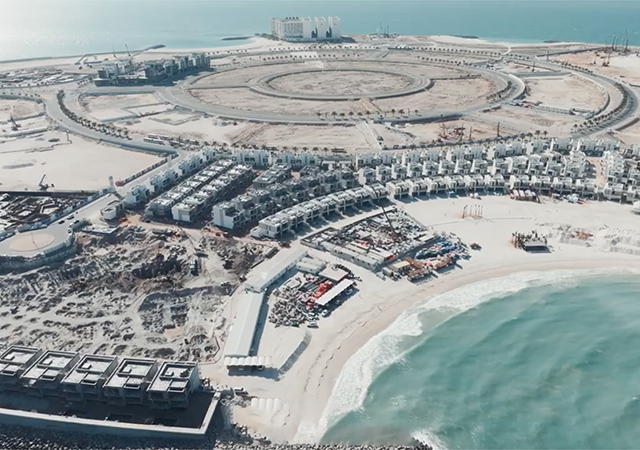


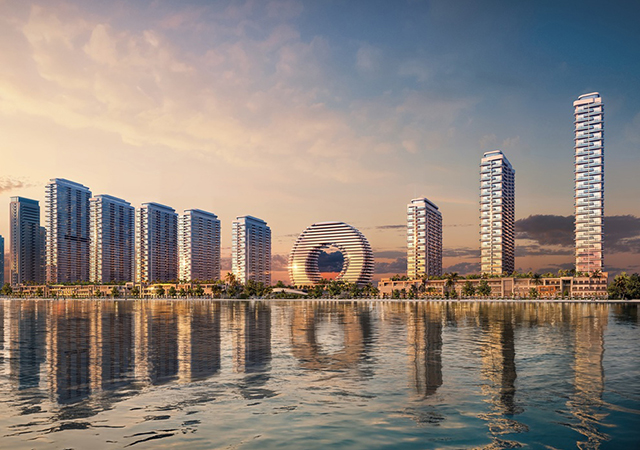
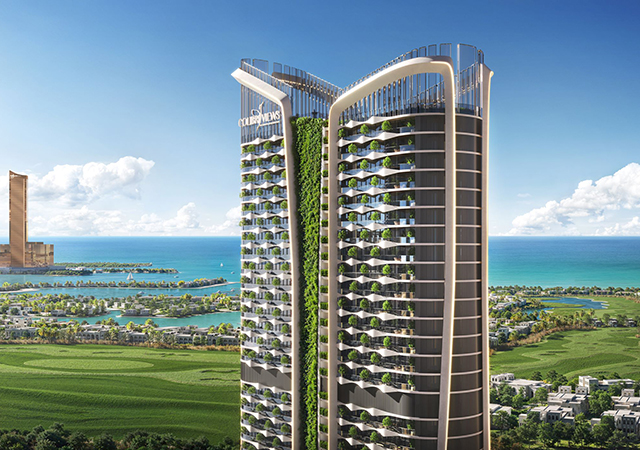
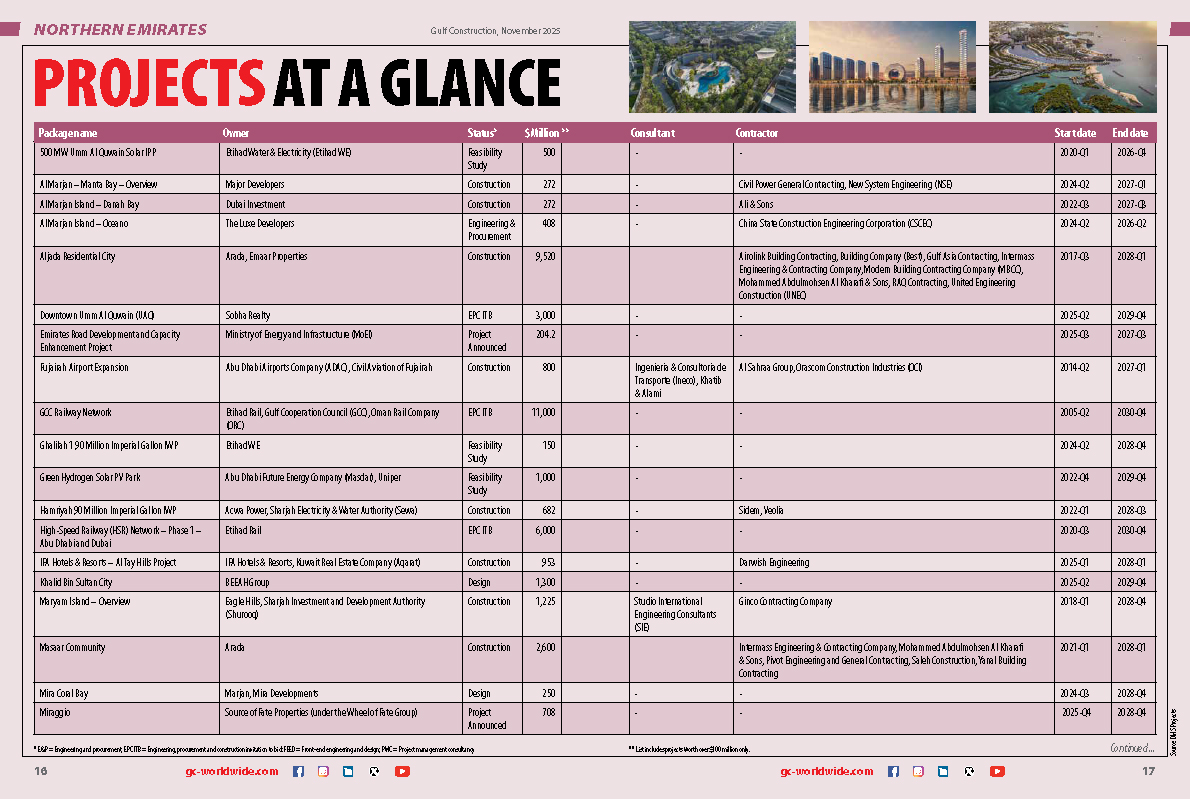

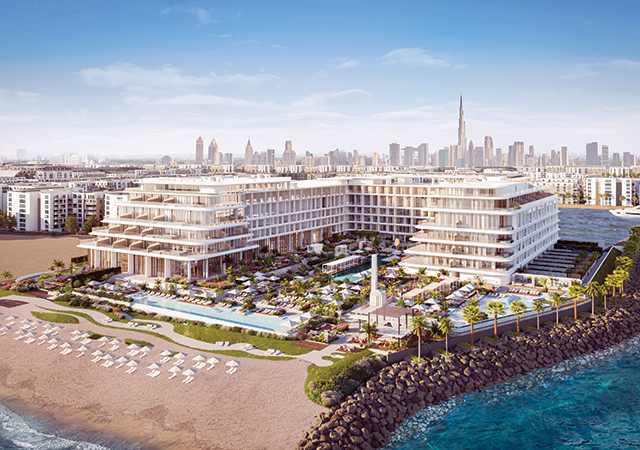
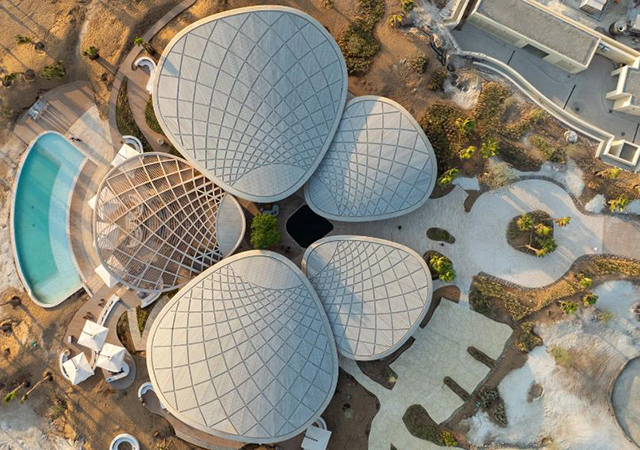

(5).jpg)


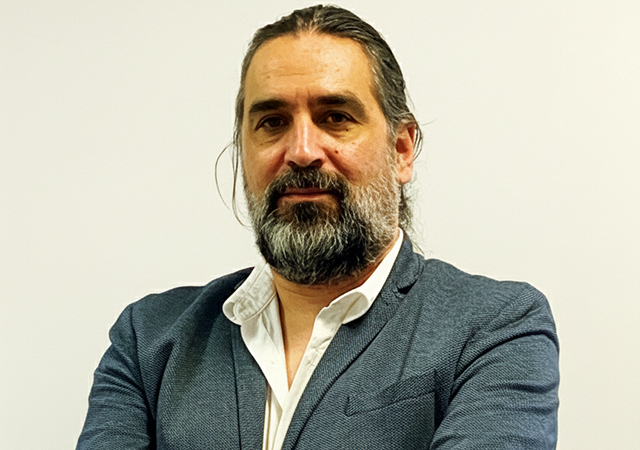
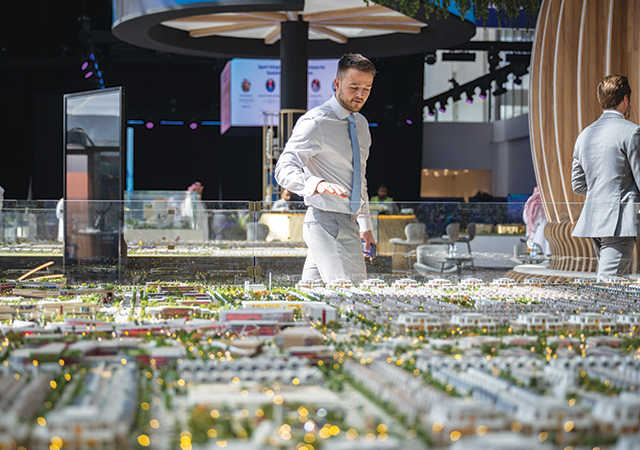
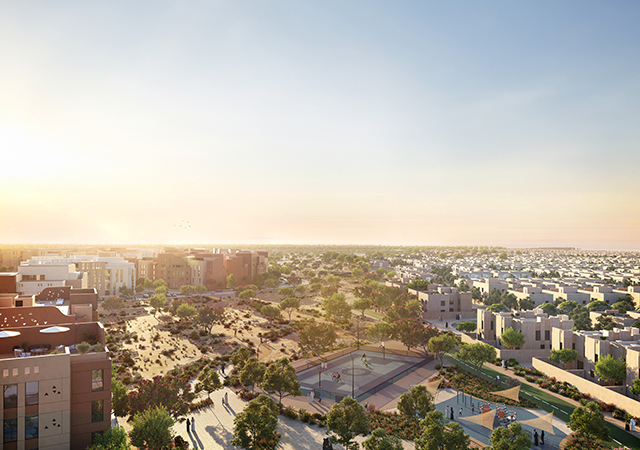
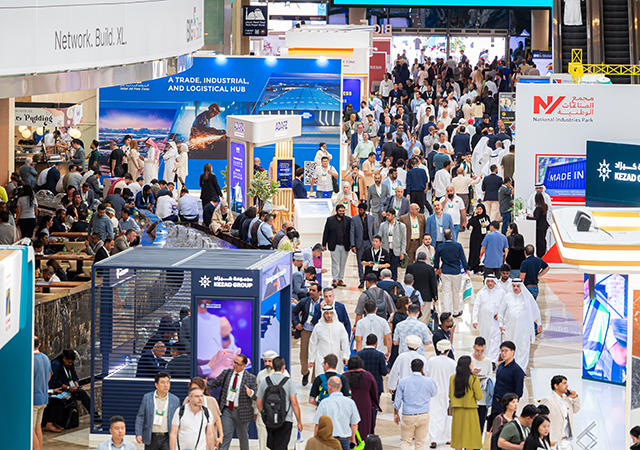
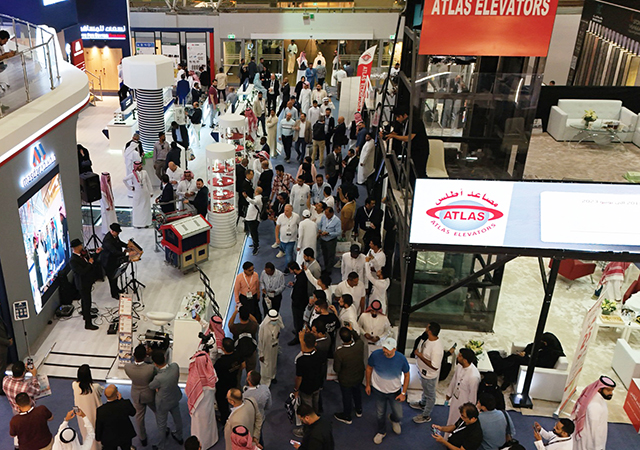
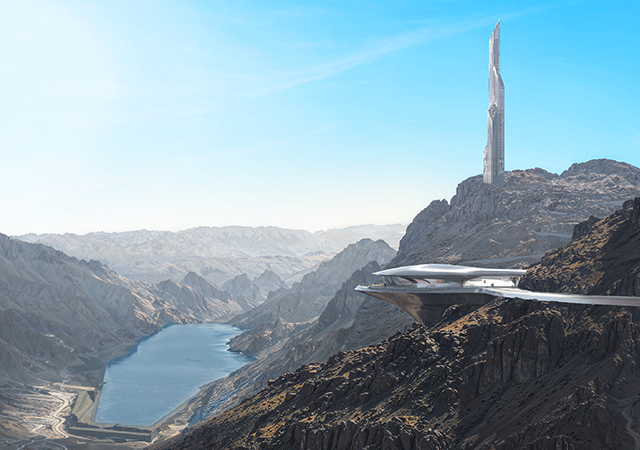
.jpg)





